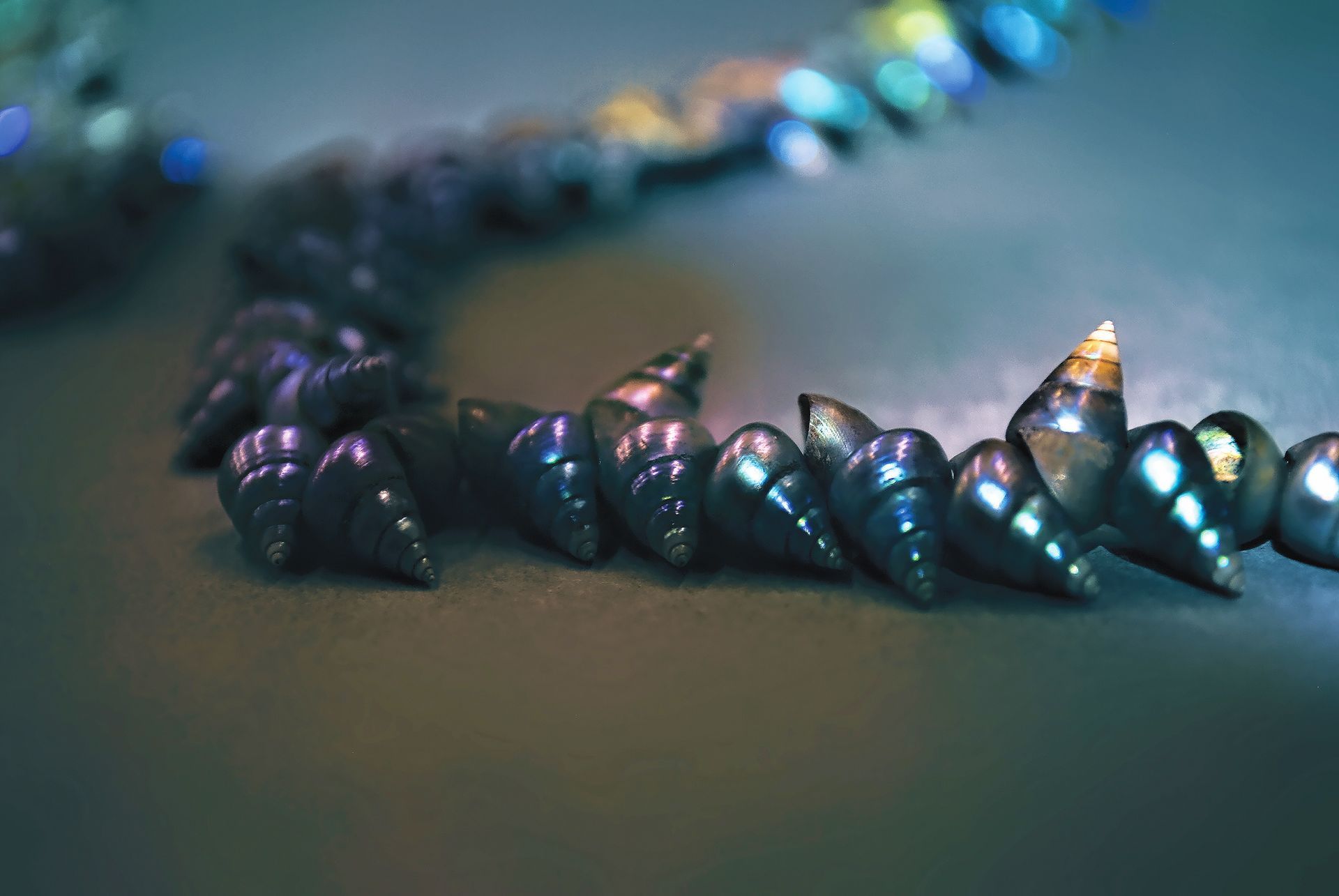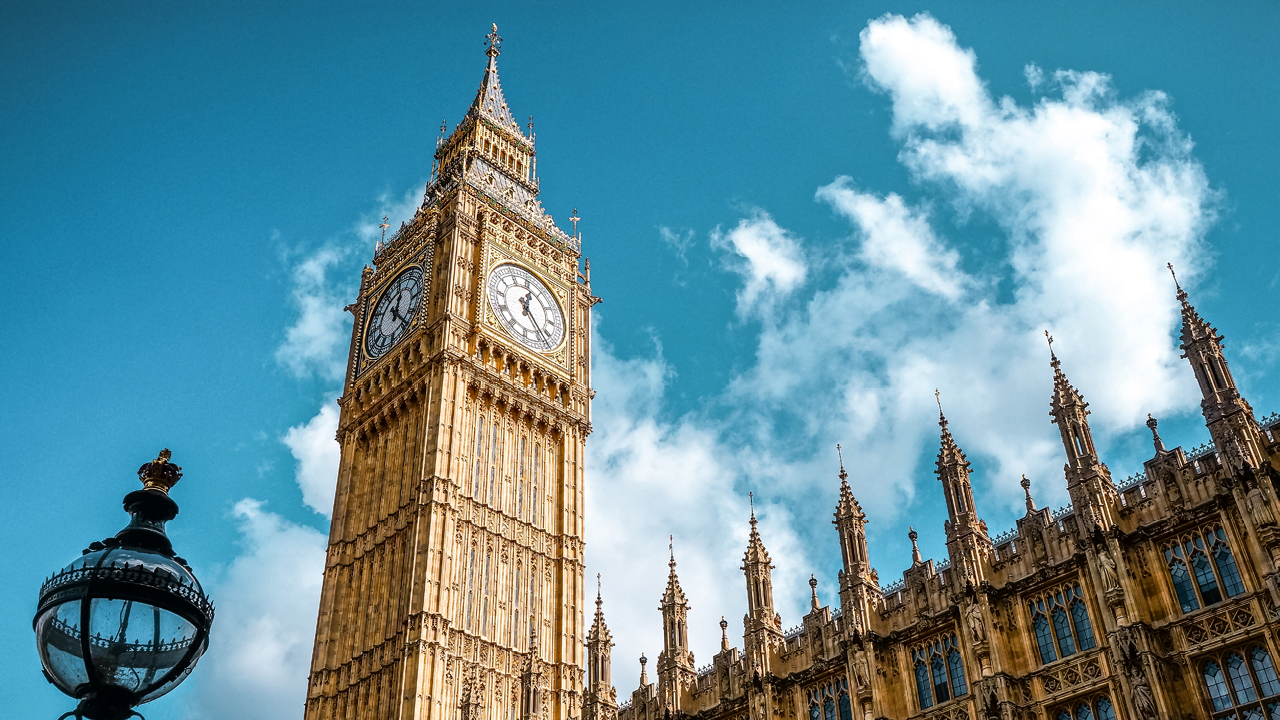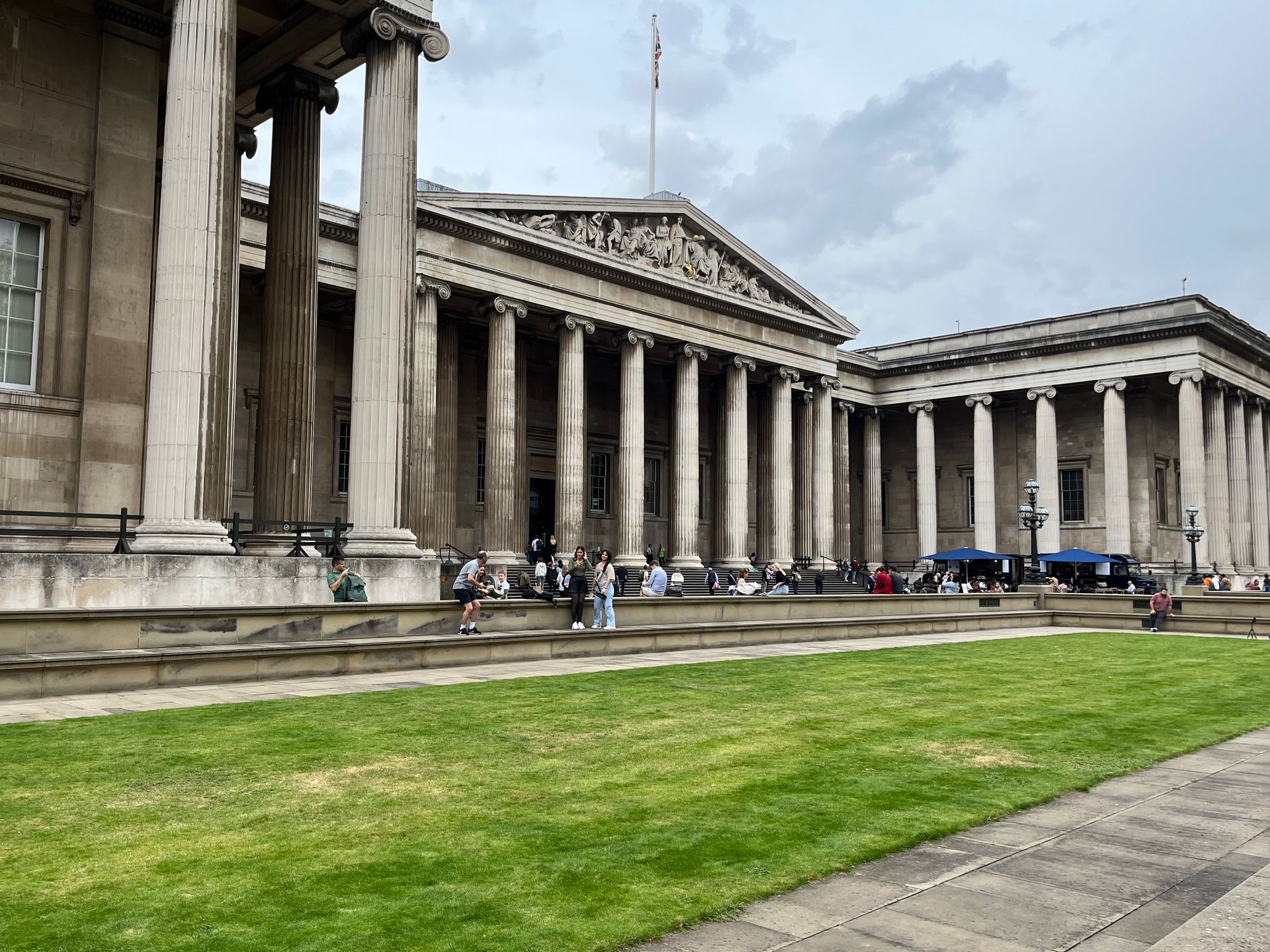Cultural Restitution
SHARE ARTICLE
Explaining why a looted artefact should be returned to its country or community of origin can sometimes be straightforward. But explaining how is altogether different.
Which is why last weekend’s programme at the Pitt Rivers Museum, Oxford, Who Owns Museum Collections And What Should We Do With Them*, proved such a draw. With the deaccession policies of Britain’s national museums so diametrically different from Britain’s larger number of regional and university collections, learning how museums unencumbered by national legislation are dealing successfully with the same legacies of inequality and trauma was revealing. Also rewarding.
“What can we do until we know what’s in our museum collections?” was the question posed by Neil Curtis, Head of Museums and Special Collections at the University of Aberdeen, emphasising the role of provenance research as the starting point for understanding both the meaning and the ownership of a museum object.
Once the curating team at Aberdeen began untangling the stories behind some of the objects in their collection, the infinite complexity every museum faces when establishing ownership became glaringly apparent. Each case is different, according to Curtis, and while getting rid of the dominant power that claims to be the norm is important, “listening with humility” is essential.
It was by following these principles that made Aberdeen’s decision to return a Benin Bronze head to Edo State in 2021 more a process of natural justice, than an act of climbing onto the restitution bandwagon. Following the University’s own repatriation policy guidelines, Curtis explained how the Benin head met their strict criteria for return: a compelling train of ownership confirming the object had been removed during the widespread looting at Benin City in 1897; clear evidence of its connection to the proposed recipient (Edo State); its continuing significance to the recipient, as well as to the University; and finally, a full understanding of the consequences of its return, both to the University and the recipient, including the responsibility for costs.
Put quite simply, “All we were doing is returning stolen property,” explained Curtis.
Representing Oxford’s Ashmolean Museum, director Dr Alexander Sturgis, repeated this mantra by reaffirming “stolen objects should not be in our collections.” However, attempts at repatriation by the Ashmolean have not always progressed so smoothly. Do source countries always want their objects back?
Sturgis recounted the continuing saga over their initiative to return a bronze statue depicting the Hindu deity Tirumankai Alvar, looted from a temple site in southern India in the late ‘50s or early ‘60s (see Returning Heritage). Presented with “anxious-making facts about its provenance”, Sturgis explained the Museum had raised concern itself about its illicit removal with the Indian High Commissioner in 2019, who in turn submitted a formal request for its repatriation in March 2020. The council of the University of Oxford supported India’s claim in March 2024. But six years after the object was first identified as stolen and despite approval given by the Charity Commission for the statue's repatriation, it remains in Oxford, awaiting instructions from the Indian High Commission on how to effect its return.
In her presentation on the theme of 'Owning Belongings' the director of the Pitt Rivers Museum in Oxford, Prof Dr Laura van Broekhoven, reminded everyone that “return of the objects themselves is not always the only outcome.”
After referencing a number of successful repatriations (or rematriations of human remains) completed by the Museum since 1990, van Broekhoven drew attention to the discussions the Museum is having with communities like the Evenki in North Asia and the Maasai in Kenya and Tanzania. In their discussions with the Maasai, a decision was made by the Maasai, following four years of intense discussions and joint research with the Museum's curatorial team, to retain five ancestral objects in Oxford instead of returning them to their families of origin.
Van Broekhoven said that just as important as repatriation is the responsibility of museums to set about forging “regenerative partnerships”, a process she defined as reaching out to communities “beyond institutional confines.” As the team at Pitt Rivers have demonstrated in their relations with the Maasai, these partnerships are not so much about repatriation, more about healing, reconciliation and self-determination. More of what Curtis described as ‘listening with humility’.
Whether Britain’s national collections will respond with the same humility remains to be seen. It was encouraging to see new director of the British Museum, Dr Nicholas Cullinan, in conversation at the event, answering probing questions on how the British Museum plans to address their legacies of inequality and trauma under his new leadership.
Cullinan's ideas for sharing the collection, more international exchange, more collaboration by Britain’s largest and most visited museum are the guarded statements of a well-versed diplomat. But it’s still early days and Cullinan’s track record at the National Portrait Gallery, plus his assertion of the useful role of technology in breaking down binary problems (“it will change things”) must be welcomed. Also welcome was his insistence he is “impatient to make changes now”. We shall be watching developments closely.
For everyone else on the panel, priorities appear to involve introducing a decent morality into the restitution debate, focussing attention on those objects incontrovertibly stolen and developing partnerships that can help do more to connect museums with source communities. As Neil Curtis observed, it’s time for museum to make their own case why they should retain a contested object.
* The annual Kenneth Kirkwood Memorial Lecture Day is organised by the Members of the Pitt Rivers Museum. This year's programme included Dr Errol Francis (Culture&), Neil Curtis (University of Aberdeen), Dr Alexander Sturgis (Ashmolean Museum), Dr Nicholas Cullinan (British Museum) and Prof Laura van Broekhoven (Pitt Rivers Museum).
Photo: Who Owns Museum Collections speaker panel, 29 March 2025
Courtesy of Pitt Rivers Museum, University of Oxford



